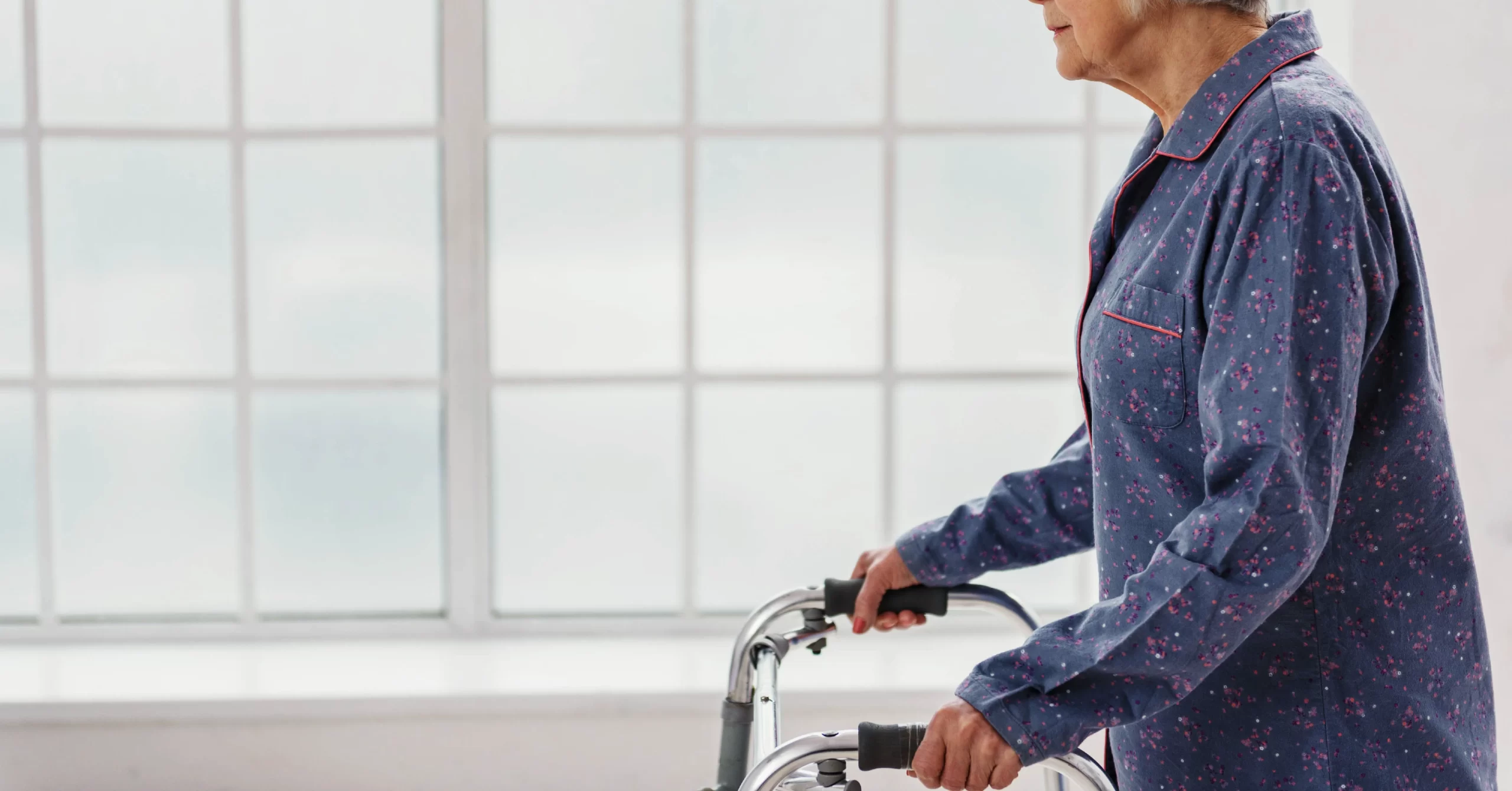
Reduced Mobility Can Lead To Functional Incontinence
Other Forms of Incontinence
Other forms of incontinence include; Functional Incontinence, Overflow Incontinence, and Reflex Incontinence (Neurogenic Bladder). These forms of incontinence do not fall under the umbrella of Pelvic Floor Dysfunction (PFD) as they are generally caused by illnesses, diseases or disabilities. We will provide some limited information on these conditions but do not provide much detail as the site is focused on PFD. If you are suffering from one of these forms of incontinence, you can still benefit from understanding the urinary system and the other forms of incontinence, however, your underlying illness, disease or disability should be your primary focus for treatment.
Functional Incontinence
Functional Incontinence is a term used to describe incontinence where you feel the urge to urinate, however, your are unable to get to the bathroom on time due to mobility issues. It may be that you have a disease that affects your mobility, such as Parkinson’s disease or Multiple Sclerosis (MS). Another possibility is that you are suffering from Alzheimer’s disease or a form of dementia that causes your mind to become distracted making you forget that you were going to the bathroom in the first place.
Functional incontinence is not always permanent. If you are suffering from temporary condition or illness that affects your mobility, such as back pain or some injury that temporarily disables you, you may experience functional incontinence while your mobility is impaired. People who are depressed can also suffer from functional incontinence. Some medications can also cause functional incontinence such as alpha-blockers, sedative-hypnotics and antidepressants.
You should speak with a medical professional to have treatment for the condition that causes functional incontinence and consider pelvic floor muscle training (PFMT) to improve the strength of your pelvic floor muscles if that is relevant for you.
Overflow Incontinence
Overflow incontinence could be considered opposite to overactive bladder. Overflow is a sign that the bladder muscle could be “lazy” or weak. With overflow, there is typically a constant “dripping” of urine from the bladder, however, it never fully fills or empties. It can be viewed as the inability to empty the bladder completely. The “urge” to urinate might not be felt showing some miscommunication with the body’s natural reflexes.
With overflow, it is usual to have sympathetic dominance, where the nerves that keep the bladder relaxed are active most of the time. The parasympathetic nerves responsible for contracting the bladder may have poor function. This condition is more common in men than in women and is often caused by an enlarged prostate. For women, this can be caused by some obstruction in the area of the bladder and urethra such as a tumour.
Other causes include diabetes, alcoholism and neurogenic diseases such as Parkinson’s, Multiple Sclerosis (MS) and Spina Bifida. You should see a medical professional to investigate the cause of your overflow, treating the underlying condition with priority. You may need to self-catheterize as treatment of this condition. This involves passing a small tube, with a bag connected, into your urethra to allow the urine to empty.
Reflex Incontinence
Reflex incontinence is the same as OAB but the root cause is spinal injuries, brain injuries or illnesses that have resulted in nerve damage or damage to your nervous system function. Treatment of the underlying condition should be the primary focus.
Treatment Options for Urinary Incontinence
Like most symptoms of pelvic floor dysfunction, the treatment for urinary incontinence falls into one of two categories; conservative (non-surgical) and invasive (surgical). Surgical options are generally only advised for once conservative options have been tried unsuccessfully for an extended period. For more information on the various treatments offered in these two categories, click on the relevant button below. If you did not find what you were looking for, you can search this site using the search bar at the bottom of the page.
Explore the Other Types of Urinary Incontinence
Having reviewed the Mixed Urinary Incontinence, you may be interested in exploring the other types of incontinence. You can do that from here: